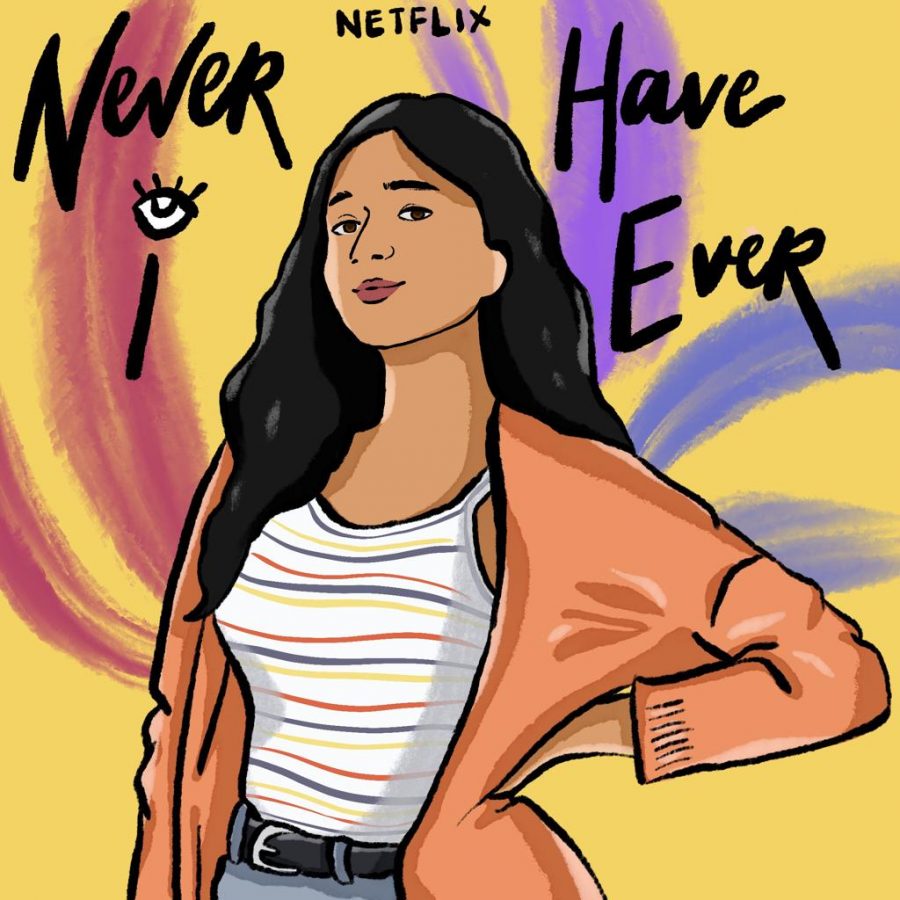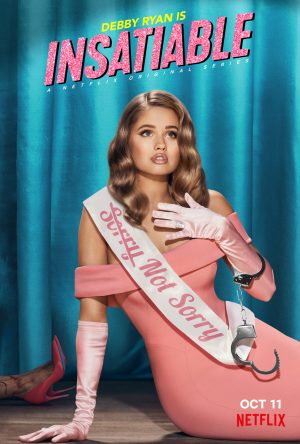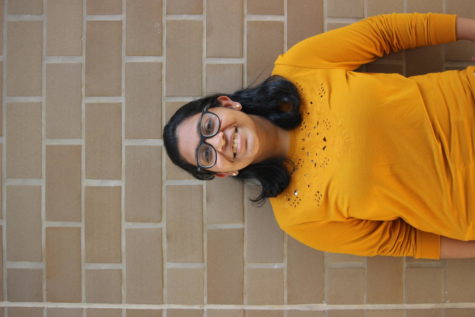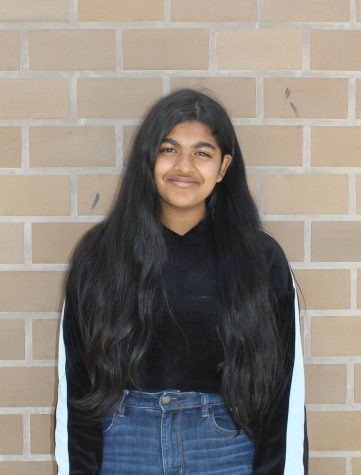Netflix Original “Never Have I ever” leaves multiple Indians unsettled
May 28, 2020
Since its release, the Netflix show “Never Have I Ever” has gained immense popularity. However, there seems to be controversy over whether it correctly represents South Asian culture or not. Although the show has positives and negatives like any other, the negatives heavily outweigh the positives and leads to a kind of representation that many second-generation immigrants can’t relate to.
The show is about a first-generation Indian-American, Devi Vishwakumar (played by Maitreyi Ramakrishnan), who after her father Mohan’s death (played by Sendhil Ramamurthy) and losing the use of her legs for three months, starts readjusting to life as a high school sophomore. The show mainly revolves around her life and daily obstacles in friendship, love and academics.
Devi, the protagonist, talks about her life and her difficult relationship with her mom, Nalini, played by Poorna Jagannathan. After the death of her husband, Nalini has difficulty connecting to Devi and portrays the stereotypical strict mother. Devi’s cousin Kamala, played by Richa Moorjani, starts living with them after the death of Devi’s dad and is portrayed to be a very beautiful and studious girl. Then you have your typical frenemy Ben Gross, played by Jaren Lewison. He is Devi’s arch-nemesis, and they compete in everything. Finally, you have Paxton Hall-Yoshida, played by Darren Barnet, who is Devi’s crush and whom she tries to get with continuously throughout the series.
These characters are the basis of a story that many of us have heard and watched on American television screens. Every cliched teen drama has a very similar set of characters, but the big difference here is that the protagonist is Indian — one of the first times there has been any South Asian representation.
When the trailer for “Never Have I Ever” came out, I was excited that South Asians, specifically South Indians, are finally getting more representation in Western media. However, this representation seems to be done in a manner that doesn’t sit well in the stomach of many.
The show represents Indian Americans in a very strange light. It strives to be relatable, but relatable to all American youth, which led to an unsettling assimilation of American and Indian culture. The even bigger bone that many had to pick with this show was that it enforced many Indians stereotypes.
Devi is just another typical, over-achieving, Americanized Indian nerd who doesn’t fit in at school or at other brown events, participates in all sorts of clubs, plays an instrument, and wishes to get into an Ivy League School. Sound familiar?
The show portrays Devi trying to be less Indian because she is embarrassed by her culture, which isn’t really true for most Indians that live abroad. On the contrary, many Indian Americans accept their culture and their roots while simultaneously embracing the American lifestyle without a hinge.
At some point in our lives, we’ve all felt like we didn’t fit in— either because we were too American or because we were too Indian. The big difference between the show and real life is that we don’t feel like we have to hate our culture to fit in.
Another perplexing aspect is how the showrunner treated Devi’s family ethnicity. India is a country with multiple states that speak multiple languages. And the one thing that many Indians share is that they all are connected to their languages or culture.
Throughout the whole show, Devi’s entire Tamil family speaks one word of Tamil and barely shows Tamil cuisine. Instead, the show focuses on the North Indian culture which has no relation to Devi or her family.
Some lighter but still strange remarks were the ones about Indians’ obsession with fountains. I understand that they were trying to find stereotypes that Indian American kids could relate to but this particular stereotype was one I had never heard before, and it felt very random.
Additionally, comparing Devi to Priyanka Chopra felt like an unnecessary statement, as Devi looked nothing like Chopra and it made Priyanka Chopra seem like she was the only Indian in the western world.
These remarks have left many south Indians and a handful of North Indians conflicted about this show. The creator, Mindy Kaling, did admit that this show is more a representation of her life as an Indian American. In a recent interview with the New York Times, Kaling said, “I’m just telling a story that resonates with me, of a very specific character. And I think it’s just me acknowledging that over and over. Also, I’d like to have a nice, long life so that I can tell enough stories with enough different kinds of characters — Indian, Pakistani, Muslim, etc. — to show that there are lots of different kinds of ways to be Desi. I think that’s the only way to do it.”
In the end, “Never Have I Ever” feels like it was made for an audience that is “white-washed,” or in other words, for a “white” audience. If the show’s motive was to break stereotypes, it failed; but if it was to introduce the idea that South Asian culture is going to be the norm, then this is the right step forward.
In the end, although the show is worthwhile as a look into how certain Indians view themselves, it would be extremely unfair if we labeled this show as representation for 1.3 billion people.






